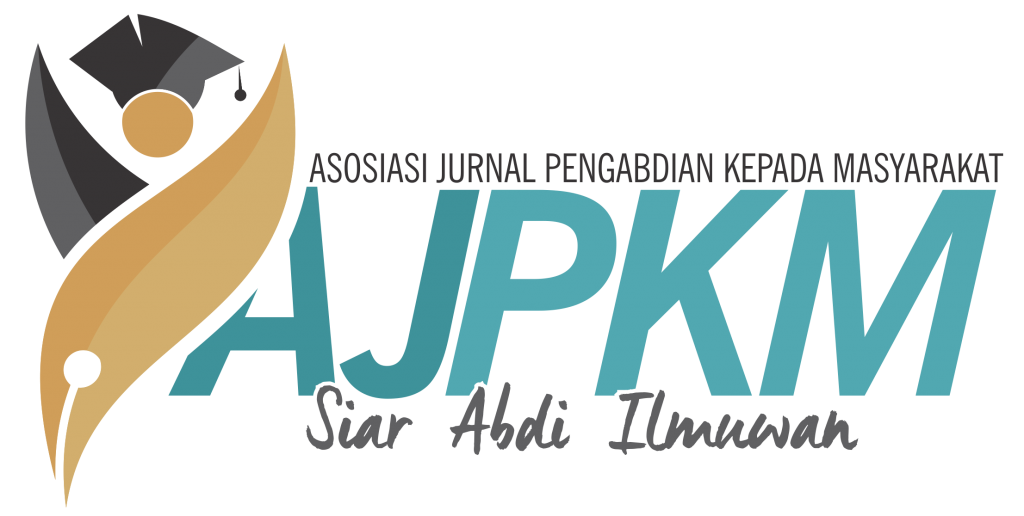Pemanfaatan Teknologi Berbasis Aplikasi Dalam Pencegahan HIV pada Remaja di Wilayah Kerja Puskesmas Tangerang Selatan
Sari
Teks Lengkap:
PDFReferensi
Ghebreyohans, G., Khalil, E. A. G., Tsige, Z., & Ali, F. (2015). The effect of peer education on peer educators’ reproductive health knowledge, attitude, health service use and their personal development. Int J Sci Basic Appl Res, 20(1), 294–312.
Kim, C. R., & Free, C. (2008). Recent evaluations of the peer‐led approach in adolescent sexual health education: A systematic review. Perspectives on Sexual and Reproductive Health, 40(3), 144–151.
Kementrian Kesehatan RI. (2018). Profil Kesehatan Indonesia Tahun 2017. Jakarta: Kementerian Kesehatan RI, 170–173.
Medley, A., Kennedy, C., O’Reilly, K., & Sweat, M. (2009). Effectiveness of peer education interventions for HIV prevention in developing countries: a systematic review and meta-analysis. AIDS Education and Prevention, 21(3), 181–206.
Morales, A., Espada, J. P., Orgilés, M., Secades-Villa, R., & Remor, E. (2014). The short-term impact of peers as co-facilitators of an HIV prevention programme for adolescents: A cluster randomised controlled trial. The European Journal of Contraception & Reproductive Health Care, 19(5), 379–391.
Simoni, J. M., Nelson, K. M., Franks, J. C., Yard, S. S., & Lehavot, K. (2011). Are peer interventions for HIV efficacious? A systematic review. AIDS and Behavior, 15(8), 1589–1595.
Syamsu, Y. (2011). Psikologi perkembangan anak dan remaja. Bandung: PT Remaja Rosdakarya.
Tolli, M. V. (2012). Effectiveness of peer education interventions for HIV prevention, adolescent pregnancy prevention and sexual health promotion for young people: a systematic review of European studies. Health Education Research, 27(5), 904–913.
Ugarte, W. J., Högberg, U., Valladares, E., & Essén, B. (2013). Assessing knowledge, attitudes, and behaviors related to HIV and AIDS in Nicaragua: A community-level perspective. Sexual & Reproductive Healthcare, 4(1), 37–44.
UNAIDS. (2016). GLOBAL Report: UNAIDS report on the global AIDS epidemic. https://www.unaids.org/sites/default/files/media_asset/jc1510_2008globalreport_en_0.pdf
Wang, K., Fu, H., Longfield, K., Modi, S., Mundy, G., & Firestone, R. (2014). Do community-based strategies reduce HIV risk among people who inject drugs in China? A quasi-experimental study in Yunnan and Guangxi provinces. Harm Reduction Journal, 11(1), 1–9.
DOI: https://doi.org/10.31294/jabdimas.v4i2.9187
DOI (PDF): https://doi.org/10.31294/jabdimas.v4i2.9187.g4971
Terindex oleh:
dipublikasikan oleh Lembaga Penelitian dan Pengabdian Masyarakat (LPPM) Universitas Bina Sarana Informatika dengan dukungan Relawan Jurnal Indonesia
Jl. Kramat Raya No.98, Kwitang, Kec. Senen, Kota Jakarta Pusat, DKI Jakarta 10450

This work is licensed under a Creative Commons Attribution-ShareAlike 4.0 International License






